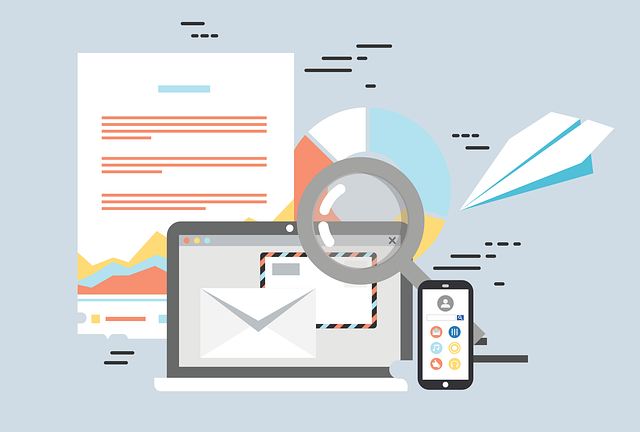See how B2Sell delivers the fastest time-to-value in the marketClick Here
The Need for a PIM system for ERP
B2Sell, PIM, ERP
Posted on May 4, 2020

ERP is a term that we mostly relate to sales and accounting departments. But what does the term exactly mean? Let us have a look at what is ERP, how is it different from PIM, and the need for PIM for an ERP system.
What is an ERP system?
When you type in “What is an ERP?” on the web, the answers you get can be quite confusing. Every website might give a different version of what an ERP is. But what exactly is an ERP system and what does it do?
Enterprise Resource Planning or most commonly known as ERP, in simple terms, is an amalgamation of different processes to manage the business of a company or organization. It can be considered as a binding agent that binds many operative resources together under a single roof.
ERP also provides a medium for different departments to easily communicate and share data easily. The different departments can involve sections as human resources, production, sales, marketing, finance, maintenance and CRM. This multi-level implementation is one key factor that has led to the increased demand for ERP to be used in the majority of all business around the globe from government organizations to small-sector companies and retailers.
What is the difference between PIM and ERP?
Now, there we another term to be introduced! What is PIM? PIM stands for Product Information Management. As the term is self-explanatory, PIM systems are employed to manage, organize and maintain product data.
As we see that both ERP and PIM are based to store and manage product data for an organization. But does what makes an ERP different from PIM is what we are going to discuss next.

ERP is based on organizing and optimizing all product data based on sales processes. They include processes such as manufacture, production, orders, warehouse inventory management and freight details. As you might have noticed, ERP does not focus much on the product descriptions.
PIM systems mainly work upon improving the sales and marketing processes via content. The product details received from the ERP are enhanced with different content elements to provide more information to buyers on an eCommerce platform.
Why does an ERP need a PIM?
From the above context, this might be a question that might have arisen. As from the differences mentioned above, ERP is deficit of good content elements and hence requires a PIM to enhance them.
A PIM is h most cost-effective and budget-friendly platform that you can use for your business to integrate with your ERP system. As PIM is not linked to any other platform it is easy and trustworthy to be used to store and manage all your product data.
A PIM will ensure to enhance the content for your eCommerce website than an ERP system can do. As both the systems are integrated, every update on the online web-store such as a customer signing in with a new account, a customer placing an order, payments made for the orders, etc will all reflect in the ERP system.
Managing and creating catalogues also turns out to simple and time-efficient by using PIM systems. Most of the PIM systems nowadays come with a content booster and catalogue automation plugins which can be used to improvise your eCommerce website with fun and bright content elements along with detailed catalogues. The catalogues can be made using existing design templates or you can also create one for yourself. The catalogues will also be capable to be printed in different languages using the translate options available with the PIM system to extend your business location to more parts of the world!

When it comes to online shopping, content plays a very important role. From detailed images, product specifications, ratings and reviews, all these elements are crucial for a customer when purchasing online. Products and websites that have good sales are ones that are transparent on the product information, and hence implementing Product Information Management system in your business will be beneficial for improving the user experience for your business.
As for every other website development process, implementing a PIM system can always be beneficial when it comes to changing elements such as prices or adding new elements. While this can be a tedious process when you opt for an independent system, the PIM system makes the whole process easier. The prices will be live mapped from the ERP system to the PIM and simultaneously into the website. This helps in saving time but avoiding the need for data entry for more than once.
The list keeps going for why every Enterprise Resource Planning system needs a Product Information Management system. As the saying goes, “Time and tide wait for no man.”, why waste away time using the conventional systems. Opt for integrating a reputed PIM system for your ERP and save time, resources and create a user-friendly online business.
